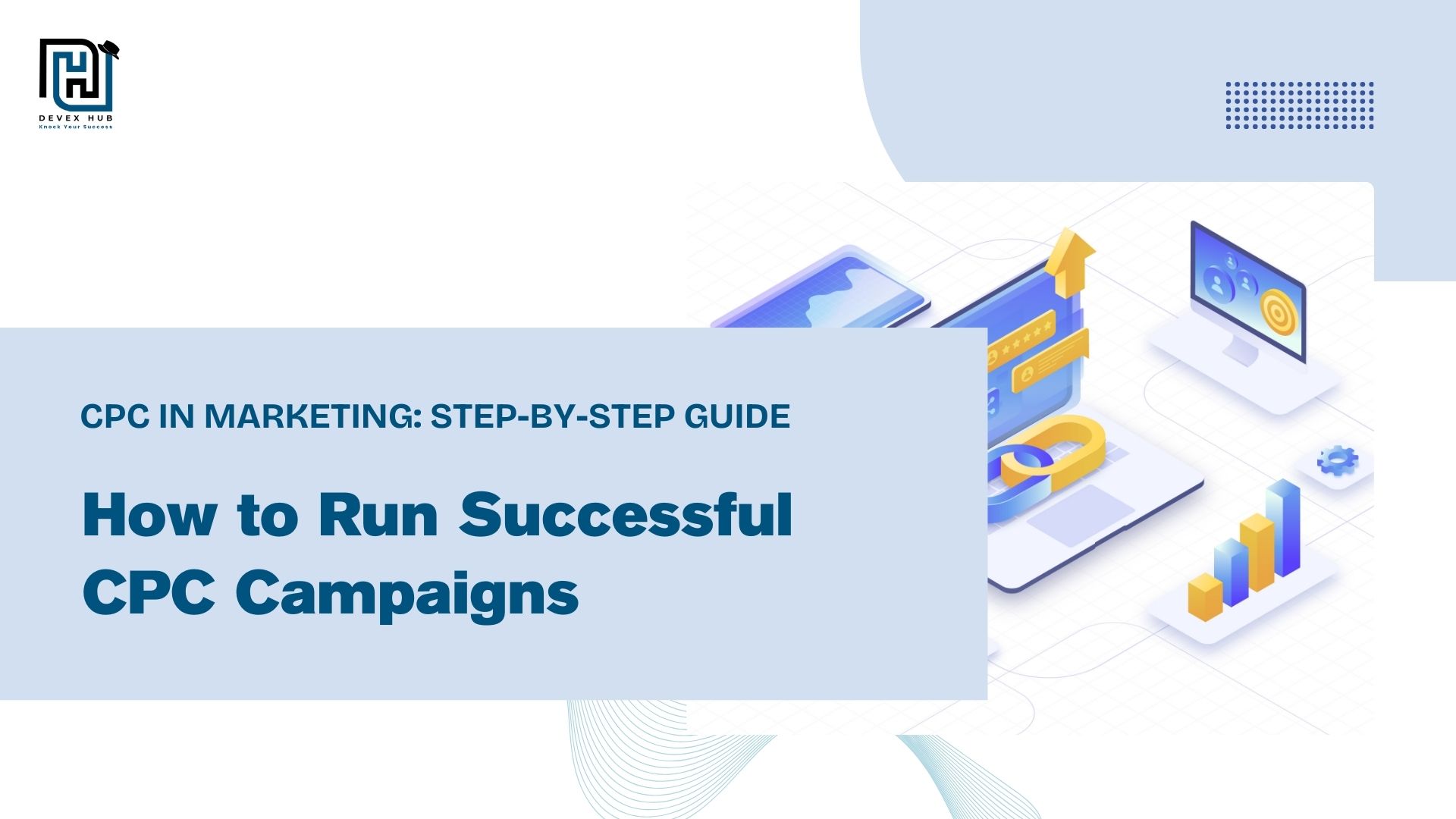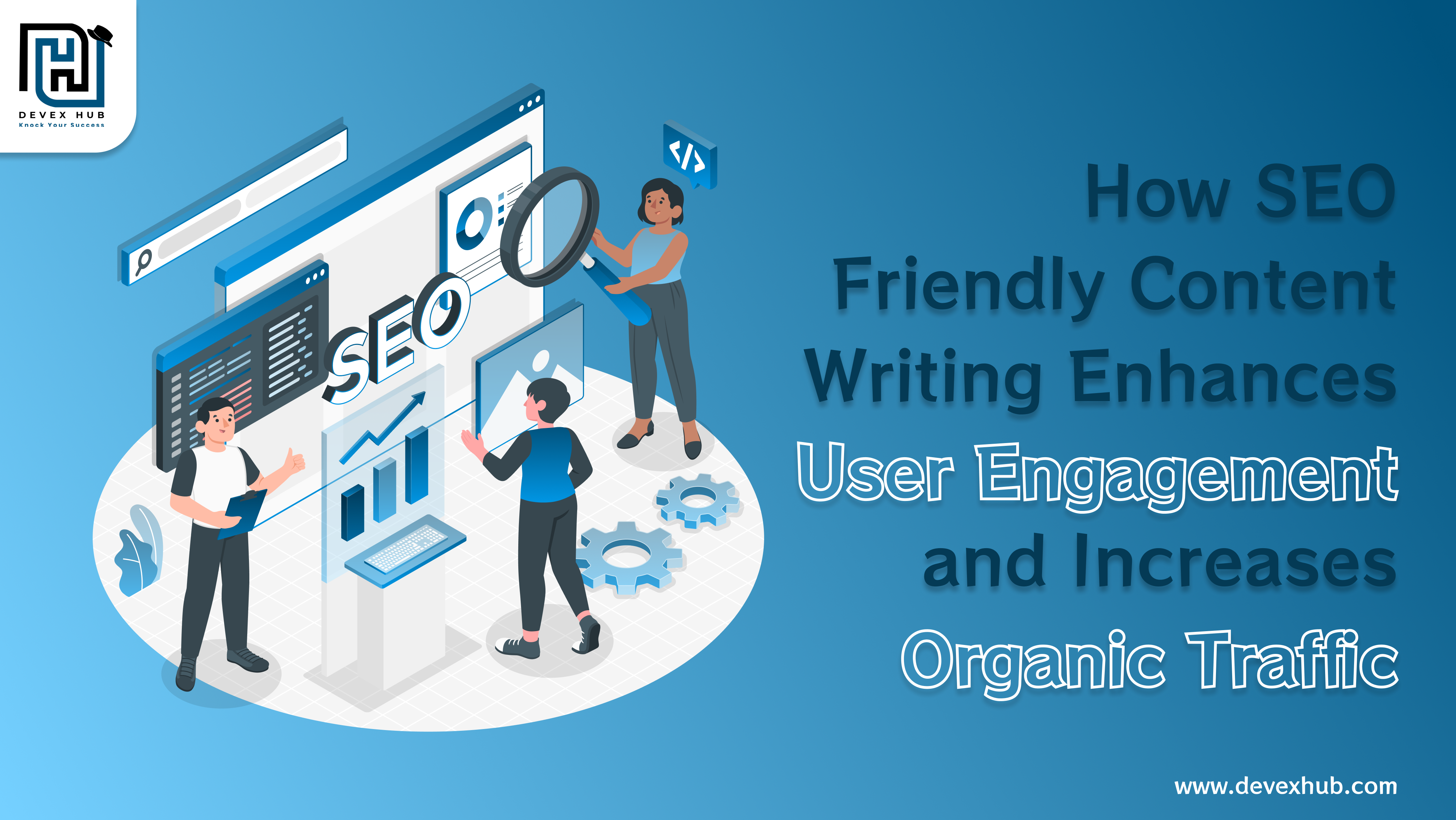Mastering CPC in Marketing: From Keywords to Conversions

The role of marketing has become crucial, no matter your business size, target audience, or other factors. Now business owners have a wide array of options to advertise, all tailored to meet their specific business target goals. One area that’s gaining significant attention is Cost-Per-Click (CPC) advertising.
Every day, Google handles more than 8.5 billion searches, making it the go-to platform for users seeking information, products, and services worldwide. Businesses that effectively use Cost-Per-Click (CPC) advertising are seeing incredible returns. This isn’t just marketing; it’s a science driving measurable growth.
If you still don’t understand what CPC is in marketing and how you can benefit from it, don’t worry—you’ve come to the right place. In this article, we’ll break down everything you need to know about CPC in marketing and how you can take full advantage of this powerful tool.
What is CPC in marketing?
Cost-Per-Click (CPC) in marketing is a digital advertising model where businesses pay only when a potential customer clicks on their ad. Unlike traditional advertising, where businesses pay for ad space or impressions (views), CPC ensures that you pay only for tangible engagement. Platforms like Google Ads, Facebook Ads, and LinkedIn Ads have made CPC marketing an indispensable tool for businesses to directly reach their ideal audience.
For example, an e-commerce brand selling sneakers might bid on the keyword "buy running shoes online." When a user searches for this phrase, the ad appears at the top of search results. The brand only pays if the user clicks the ad and visits the landing page—making every dollar spent more meaningful.
If you have a small business and are running campaigns on a tight budget for marketing channels like Google Ads, there are many in-depth strategies and tips that can help you achieve successful outcomes. These efforts can be further enhanced with the use of CPC advertising.
How Business Owners Can Reap Big Benefits From CPC in Marketing
- Reach:
CPC campaigns can connect your brand with millions of potential customers worldwide—or zero in on a specific neighborhood. For example, a café in New York can target users searching for "coffee shops near me," ensuring only relevant traffic sees their ad. - Speed:
Organic marketing strategies like SEO often take months to generate results. With CPC, businesses can launch campaigns and start seeing traffic within hours. For example, an event planner advertising a last-minute concert ticket sale can set up a CPC campaign and drive immediate traffic to the booking page. - Targeting Precision:
CPC advertising goes beyond age and gender demographics. It allows you to target by specific behaviors, interests, device types, or even past activities. For example, a travel agency can target users who recently searched for "summer vacations in Bali" or visited a competitor's website. - Measurability:
Unlike traditional billboards or TV ads, CPC campaigns provide precise data. Metrics like Click-Through Rate (CTR), Cost-Per-Acquisition (CPA), and Return on Ad Spend (ROAS) allow you to track success and refine your approach. For instance, a SaaS company can see exactly how many people clicked on their ad for "CRM software trial" and measure how many of those clicks converted into subscriptions. - Flexibility:
With CPC, campaigns are never set in stone. If a particular ad isn’t working, you can pause it, tweak your targeting, or adjust your budget in real-time without losing momentum.
Types of CPC Advertising
- Search Advertising:
- What it is: Text-based ads appear at the top of search engine results when users type in specific keywords.
- Example: A wedding photographer bidding on "best wedding photographers near me."
- Key Platforms: Google Ads, Microsoft Bing Ads.
- Display Advertising:
- What it is: These are image or video ads displayed across a network of websites. They are great for increasing brand visibility.
- Example: A skincare brand displaying banner ads on beauty blogs and lifestyle websites.
- Key Platform: Google Display Network.
- Social Media Advertising:
- What it is: Ads appear in users’ social feeds or stories, leveraging advanced targeting.
- Example: A fitness app promoting itself to users who follow fitness influencers or track workout activities.
- Key Platforms: Facebook, Instagram, LinkedIn, Twitter.
- Video Advertising:
- What it is: Engaging video ads appear before, during, or after video content on platforms like YouTube.
- Example: A tech company showcasing a tutorial video on "how to use our new smart home device."
- Key Platforms: YouTube, TikTok Ads.
- Shopping Ads:
- What it is: These ads show product details directly in search results, with links to purchase.
- Example: A fashion retailer showcasing their latest shoes under a Google search for "trendy summer sandals."
- Key Platforms: Google Shopping, Amazon Ads.
Key Steps to a Successful CPC Campaign
- Keyword Research:
Effective keyword research ensures your ads show up for the most relevant searches. Tools like Google Keyword Planner and SEMrush help identify keywords with high search volume and manageable competition.- Example: An online bookstore might target “buy mystery novels” but exclude irrelevant keywords like “free mystery book downloads” using negative keywords.
- Compelling Ad Copy:
Your ad copy must grab attention and clearly convey value.- Example of a weak ad: “Buy shoes here.”
- Example of a strong ad: “Get 30% Off the Latest Running Shoes – Limited Time Offer!”
Use A/B testing to compare variations and determine which headlines, descriptions, or calls-to-action perform best.
- Budgeting and Bidding:
Choosing the right bidding strategy is critical:- Manual CPC: Gives control over how much you’re willing to pay for each click.
- Automated CPC: Uses machine learning to optimize bids for conversions.
For example, a local salon might set a manual bid cap at $1 per click to avoid overspending while still maintaining visibility.
- Landing Page Optimization:
A great ad leads to a great landing page. If your landing page doesn’t deliver, you’ll lose customers.- Key Tips:
- Fast loading speed (<2 seconds).
- Mobile-friendly design.
- Clear headlines and calls-to-action like “Book Your Free Consultation Now!”
- Key Tips:
- Campaign Monitoring and Optimization:
Monitoring campaigns daily helps you identify underperforming ads and refine them.- Metrics to Watch: CTR, bounce rate, cost-per-conversion.
- Example: If a campaign targeting "affordable yoga classes" has a low CTR, refine the ad copy or add negative keywords like "online" to filter out irrelevant clicks.
Common CPC Mistakes and How to Avoid Them
- Targeting Too Broad an Audience
Solution: Narrow your focus with geo-targeting, specific interests, and demographic filters. - Ignoring Mobile Optimization
Solution: Ensure your ads and landing pages are mobile-friendly, as over 50% of clicks come from mobile devices. - Failing to Use Negative Keywords
Solution: Keep your negative keyword list up to date to avoid wasting budget on irrelevant clicks and ensure more targeted traffic. - Not Analyzing Data
Solution: Use tools like Google Analytics or the platform’s built-in dashboard to study performance and make informed adjustments.
Advanced CPC Marketing Strategies for Better ROI
- Remarketing:
Show ads to users who previously visited your site but didn’t convert. For example, an online store selling laptops can retarget users with ads offering a discount or highlighting user reviews. - Attribution Modeling:
Identify the key channels and touchpoints that drive the highest conversions, helping you focus your efforts on the strategies that deliver the best results. This ensures your CPC budget is allocated effectively. - Negative Keywords:
These exclude irrelevant traffic. For instance, a luxury hotel targeting "5-star resorts" would add “cheap” and “budget” as negative keywords to avoid mismatched clicks. - Dynamic Ads
Automatically generate ads tailored to user behavior or searches. Ideal for e-commerce businesses. - Smart Bidding
Use AI-driven bidding strategies to maximize conversions or minimize costs. Platforms like Google Ads offer tools like Target ROAS (Return on Ad Spend) to help.
However, apart from CPC marketing, there are several other factors to consider in paid advertising to achieve better ad placement.
Conclusion
CPC advertising is not just about driving clicks—it’s about attracting the right clicks that convert into sales. By understanding your audience, crafting targeted campaigns, and continuously optimizing based on data, you can transform CPC into a revenue-generating powerhouse for your business.
Looking for successful outcomes from your paid ad campaigns? CPC advertising is the key! Still unsure how to get started? Don’t worry—Devex Hub is here to help. We provide PPC services in India and worldwide, managing your ad campaigns with smart, tailored strategies designed to align with your business goals and objectives. Every click has the potential to bring you closer to your goals—don’t miss out!

.png)
.png)
 (1).png)

.png)
Comments
Post a Comment